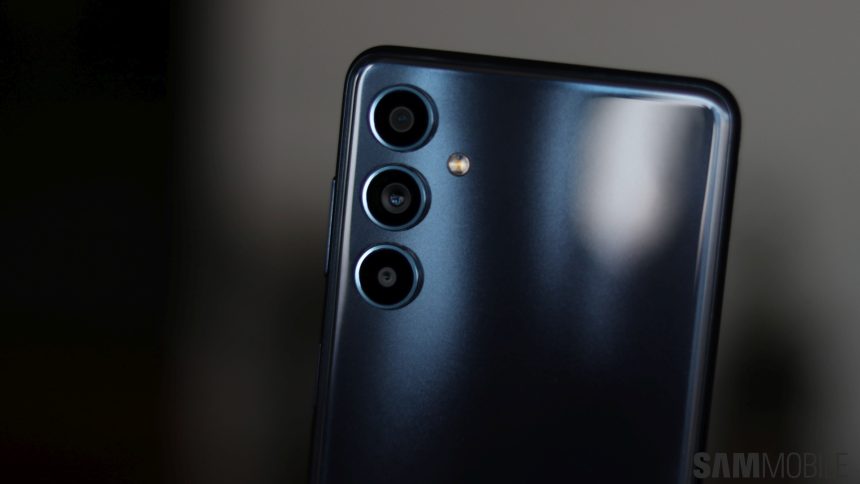Looking ahead to 2024, the roadmap reveals exciting developments from tech giants like AMD, Intel, and Qualcomm. These advancements aim to revolutionize the functionality of PCs significantly.
In this era, hardware is striving to keep pace with the rise of generative AI, making our PCs, tablets, and smartphones smarter. However, the primary focus will be on enhancing PC CPUs with GPU and NPU capabilities – or VPU in Intel’s case – which should greatly enhance performance and battery life.
As these products are still relatively new, their full benefits may not be realized until 2025, as software continues to adapt to leverage the latest hardware features. This competitive landscape will also invite new contenders like Nvidia, potentially disrupting the market.
My Product of the Week is the new HP workstation, the quietest I’ve ever encountered.
Intel is the incumbent vendor in the mobile parts sector, making this competition play out on its traditional battlefield. The product to watch is codenamed Lunar Lake, potentially the most groundbreaking advancement Intel has ever made for a PC platform. However, recent layoffs and salary adjustments at Intel may hinder the timely release of this product, expected in 2024.
Furthermore, the revolutionary nature of Lunar Lake will demand a more aggressive campaign than Intel has recently undertaken. The company’s struggle to retain a chief marketing officer and its past failures to support CMOs raises questions about their ability to fully execute this launch.
If Intel fails to deliver, it could provide a significant advantage to AMD and Qualcomm in their quest to overthrow Intel.
AMD has been performing exceptionally well lately, consistently delivering on its promises. AMD is expected to release a product similar to Intel’s Lunar Lake in 2024 and has stated it will heavily leverage generative AI tools in its creation.
Yet, AMD’s marketing remains a weak point. Like many engineering-driven companies, AMD tends to underinvest in marketing, which may prevent it from getting due recognition for its advancements.
Qualcomm, with its strong foothold in the smartphone market, presents a unique scenario. It’s working on a new PC processor design in collaboration with Nuvia, which Qualcomm acquired in 2021 for $1.4 billion. This initiative could be undermined by litigations with ARM over licensing issues.
Nvidia, despite its failed attempt to acquire ARM, continues to excel with its GPU products. Nvidia has more AI presence than the other three vendors combined, making its actions highly impactful in the market.
In conclusion, 2025 will witness intense battles in the laptop chip market. If any of these vendors can meet their timeline objectives and adequately fund demand generation marketing for new parts, they could dominate the market.
2024 promises to usher in laptops capable of delivering over 20 hours of battery life without compromising on performance.
Lastly, the Product of the Week is the HP Z8 Fury G5 Tower Workstation. Starting at $5,320, this mid-range workstation offers robust performance and is exceptionally quiet. It’s also surprisingly lightweight, making it an excellent choice for remote setups where frequent PC movement is required.





